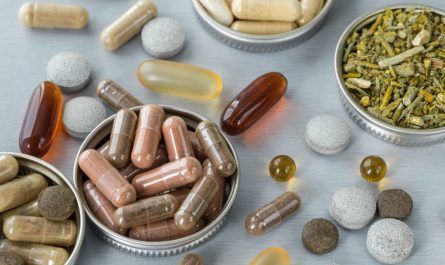Pour point depressants, also known as PPDs, are additive chemicals that are added to lubricating oils and fuels to lower their pour points. Pour point is the lowest temperature at which oil will still flow. PPDs work by physically disturbing wax crystallization in oil that occurs at low temperatures, preventing wax from accumulating and blocking flow.
Types of Pour Point Depressants
There are a few main categories of PPD chemicals used in the oil industry:
Polymethacrylates – Copolymers of methacrylate esters are a common polymeric PPD type. They inhibit wax crystallization through steric hindrance.
Polyalkylmethacrylates (PAMA) – A subtype of polymethacrylates, PAMA PPDs have long alkyl side chains that disrupt wax crystal formation. They are very effective pour point depressants for diesel and gasoline.
Styrenated Esters – Ester derivatives of styrene monomer lower pour point throughInteraction with wax crystals to prevent aggregation. They see wide application in lubricating oils.
Olefin Copolymers – Random copolymers of alpha-olefins like ethylene and propylene effect wax dispersion. They are affordable PPD options.
How Pour Point Depressants Work
The mechanism of pour point depression involves the Pour Point Depressants additive physically interacting with paraffin wax crystals as they begin to form and separate out of solution at low temperatures:
– Wax Crystallization Initiation – As oil cools, long chain hydrocarbon molecules begin arranging into an ordered crystal structure.
– Crystal Growth Prevention – PPD molecules adsorb to the surface of the tiny wax crystals as they nucleate and interrupt further crystal lattice development.
– Aggregation Inhibition – The PPD coating on wax crystals prevents them from sticking together and forming larger clusters or plates that can obstruct flow.
– Dispersion Promotion – PPD keeps wax particles well dispersed within the oil instead of settling out, maintaining fluidity below the pour point.
Benefits of Reduced Pour Point
Lowering an oil’s pour point through additive PPD treatment brings important performance advantages:
Cold Weather Operation – PPD allows engine and industrial oils to retain pumpability down to much lower temperatures, improving winter functionality.
Wax Makeup Control – It prevents agglomerated wax phases from plugging filters or obstructing small passages over time with repeated thermal cycling.
Fuel Stability – Gasoline and diesel PPD keeps wax suspended so fuels will flow down to iciness and not gel up in storage tanks or lines.
offshore/Arctic Applications – Heavy duty formulations enable machinery used in extremely frigid environments like tundra regions to avoid waxy seizing issues.
Extending Oil Drain Intervals – By suppressing wax precipitation, PPD extends the useful life of lubricants before viscosity and thermal breakdown causes needed changes.
Optimizing Pour Point Depressant Selection
Several factors must be considered when choosing the right PPD type and treatment level for a given application:
Base Oil Composition – Wax content, chemical structure, and additives already present will impact PPD solubility and effectiveness.
Target Pour Point – More aggressively winterized oils may require more potent polymeric PPD chemistry.
Cost Sensitivity – Less expensive olefin copolymers may suffice vs. higher performance polymethacrylate options.
Operating Temperatures – PPD should depress pour point a few degrees below the coldest expected fluid temperatures.
Equipment Tolerances – Very low final pour points may be unnecessary depending on machinery clearances.
Compliance Standards – Certain PPD chemistries and residual levels must conform to regulatory codes.
Through lab testing and field trials, formulating experts can determine the optimal PPD match to fully unlock an oil’s full low-temperature fluidity potential. Proper additive selection plays a key role along with base stock quality.
In summary, pour point depressants are a mainstay lubricating oil additive that sustain critical equipment functionality even under demanding cold-climate conditions. By interfering with wax crystallization, PPD keeps oil and fuel fluids flowing smoothly when temperatures plunge far below their nominal pour points. With the right PPD and treatment level applied based on application-specific factors, lubricants and fuels gain enhanced winter performance and operational range.
*Note:
1.Source: Coherent Market Insights, Public sources, Desk research
2.We have leveraged AI tools to mine information and compile it



